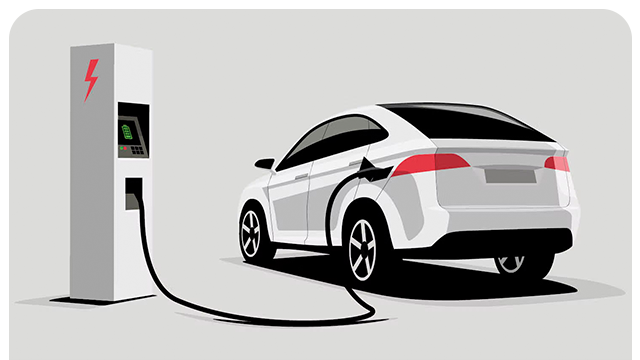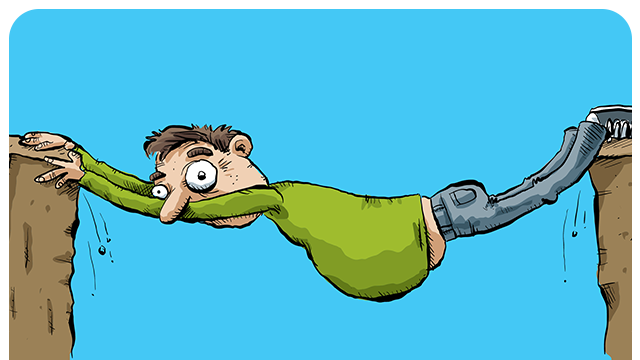Resources / Training /
Go-to-Market Strategy
Learn how to use a holistic go-to-market strategy to accelerate growth and beat your competition.

A winning go-to-market strategy focuses on developing a competitive edge and figuring out how to reach a target audience. However, it is not a specific event, such as a product launch. Rather, an effective go-to-market strategy focuses on the entire adoption-lifecycle of a product or service – from innovators and early adopters to laggards.
An effective go-to-market strategy gives you clarity on:




Our 11-step strategy framework helps companies collaboratively plan and execute to create and sustain market leadership. It empowers teams to gain clarity regarding their product category and its stage of innovation-adoption. As a result, you will reach consensus on product marketing strategies, explore and prioritize target customer scenarios, manage vertical market initiatives, and define or execute go-to-market programs.
You’ll learn how to:
- Identify the ideal target market
- Clearly see the motivations of the primary buyer
- Define a complete solution
- Assess your organizational and operation skillsets
- Ensure a rewarding pricing strategy
- Match your selling strategy to your stage of technology adoption
- Select and establish a credible position
- Build an effective positioning platform
- Establish an ongoing dialogue with top-tier influencers
Free resources
Learn more with these related resources

Guides and tools
Innovation-Adoption Curve
Diffusion of Innovations by Rogers, E. M., (First edition. New York: The Free Press. 1962) describes the qualities that make an innovation spread successfully. It is the most popular model for understanding how new products and innovations gain momentum and diffuse (or spread) through a specific market or population.

Guides and tools
Market Education Guide
People still talk with other people before making important decisions…especially decisions related to buying new technologies or adopting new innovations. Market education is a proven method of enabling conversations between people that are based on evidence and credibility.

Industry analysis
Accelerating EV Adoption
Cost and limited driving range are not the only barriers to widespread adoption of electric vehicles. The perception of risk plays the biggest role in delaying mainstream acceptance. This analysis of adoption factors demonstrates that a reduction in perceived risk is actually the primary transformative factor.

People Patterns vodcast
What is your customer buying?
Business leaders tend to think the multitude of features and functions in their product are the ultimate selling points in their marketing. Extra features may provide value in the future, but the initial adoption of something new is actually based on a single feature or function…especially with mainstream customers.

Featured article
Chasm Crossing Confusion
When business leaders decide to use a framework for strategic guidance, the model needs to be crystal clear. Any ambiguity can lead to delay of revenue. The lack of understanding of the chasm concept explains why B2B tech companies often take a decade or more to build a profitable revenue stream.

Guides and tools
Low Risk Recipe eBook
The Low Risk Recipe™ is one of the most powerful frameworks developed by High Tech Strategies. In this eBook we describe how intangible attributes allow the development of a low-risk offering, which is the most important dimension of value for mainstream customers and buyers. Several examples are included.

